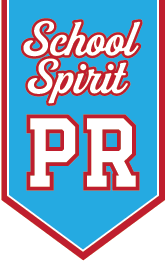The U.S. Department of Justice recently released a 575-page after-action report on the tragic shooting at Robb Elementary School in Uvalde, Texas in 2022. The report provides lessons learned to school leaders in many facets, including school communication. This week, we reviewed the document to understand the communication protocols recommended in case of crisis. The result: we’ve created a free toolkit designed to give school leaders actionable tips for effective crisis communication response.
Navigating Complexity with Preparedness:
Preparedness is key to effective crisis communication. The toolkit provides a strategic roadmap, guiding school leaders through various pillars, including preparedness and planning, transparency and accuracy, multilingual communication, coordination among agencies, addressing privacy concerns, empathetic engagement, and optimizing school board meetings and community engagement.
Lessons from Robb Elementary School:
Drawing lessons from the DOJ report, particularly Chapter 5 on Public Communications during and following the crisis (starting on page 190), the toolkit shares valuable insights. It addresses shortcomings observed in crisis communication practices and transforms them into actionable steps for improvement. By understanding the challenges faced by others, school leaders can prepare for crisis communication response before, during, and after a potential incident.
A Dynamic Resource for Continuous Improvement:
This toolkit is not a static document but a dynamic resource designed for continuous improvement. School leaders can click the provided link to access the toolkit, empowering themselves with practical recommendations that foster resilience, transparency, and compassion in their educational communities. Each checklist item is crafted to be adaptable to various crisis scenarios, ensuring that leaders are well-equipped to navigate the complexities of crisis communication.
As stewards of education, it is our shared responsibility to prioritize the safety and well-being of our students, staff, and communities. However, the toolkit alone is not enough. We encourage you to use the information to guide conversations with your colleagues to prepare, plan for potential pitfalls, and practice your response.







